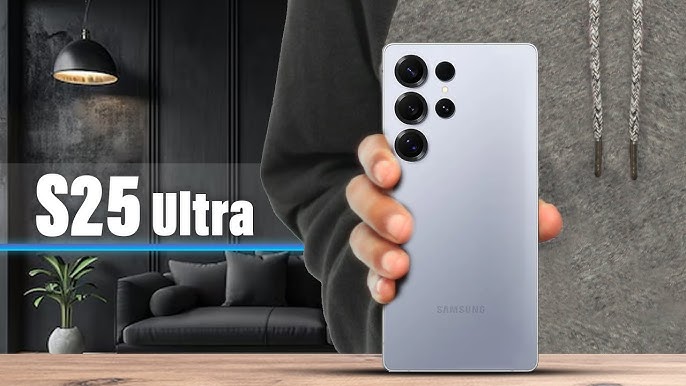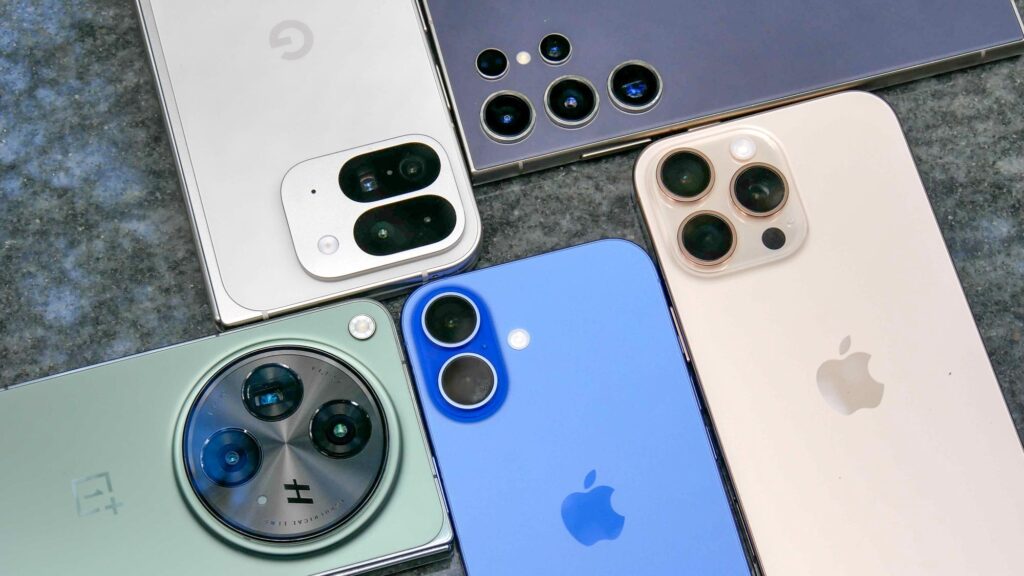Introduction to Mobile Blogging
Blogging from your phone is now easier than ever, thanks to advancements in smartphone technology. The portability of smartphones means you can blog from virtually anywhere, capturing your thoughts and experiences in real-time. This immediate access allows you to create fresh, dynamic content that resonates with your audience.
The versatility of mobile blogging is particularly beneficial for those who lead busy lives or travel frequently. Instead of waiting until you have access to a computer, you can update your blog during a coffee break, while commuting, or even from a remote location. The built-in cameras in smartphones also provide an excellent opportunity to incorporate high-quality images and videos directly into your posts, making your content more engaging and visually appealing.
Another significant advantage of mobile blogging is the array of apps designed specifically for this purpose. These apps often come with features that facilitate writing, editing, and publishing on the go. The ability to manage your blog entirely from your phone can streamline your workflow, making it easier to maintain a consistent posting schedule.
However, it’s essential to adapt your blogging techniques to suit the mobile format. This might include breaking up text into smaller paragraphs for easier reading on small screens and using multimedia elements to complement your written content.
In addition, many mobile blogging apps offer offline capabilities, allowing you to draft and edit posts without needing an internet connection. This flexibility ensures you can make the most of your time, even when you’re not connected to Wi-Fi or cellular data.
Choosing the Right Blogging App
Choosing the right app can significantly impact your mobile blogging experience. With a plethora of options available, finding one that matches your specific needs is essential. Popular blogging apps like WordPress, Blogger, and Medium offer various features tailored to mobile users.
When selecting an app, prioritize those with user-friendly interfaces to make the blogging process as smooth as possible. Offline editing capabilities are crucial, especially for those who frequently travel or have intermittent internet access. Integration with social media platforms can also be a valuable feature, allowing you to share your posts seamlessly and expand your reach.
Customization options are another critical factor. The ability to tweak your blog’s appearance and functionality to align with your brand can make a significant difference in how your content is perceived. Look for apps that offer a range of templates and design tools, enabling you to create a visually appealing blog without needing extensive design skills.
Some apps also provide analytics tools, giving you insights into your audience’s behavior and preferences. This data can be invaluable for fine-tuning your content strategy and increasing engagement. Additionally, consider apps that offer robust support and regular updates, ensuring you have access to the latest features and security improvements.
Overall, the right blogging app should enhance your productivity, simplify your workflow, and make it easier to maintain a consistent posting schedule. By carefully evaluating the features and functionalities of different apps, you can find the perfect tool to support your mobile blogging endeavors.
Writing and Editing on the Go
Writing and editing on your phone require a few adjustments to maintain efficiency and quality. Start by breaking your content into shorter paragraphs and incorporating bullet points to improve readability on smaller screens. This technique makes your text more digestible and ensures readers can easily follow along.
Modern smartphones come equipped with voice-to-text features, which can be a game-changer for mobile bloggers. Instead of typing out long paragraphs on a small keyboard, you can dictate your thoughts. This not only saves time but also reduces the physical strain of prolonged typing. Make sure to review and edit your dictated text for accuracy, as voice recognition isn’t always perfect.
Editing apps are invaluable when refining your posts. Apps like Grammarly or Hemingway can help with grammar and style checks, ensuring your content is polished and professional. These tools highlight errors and suggest improvements, making it easier to produce high-quality writing even when you’re on the go.
Another helpful tip is to draft your content in stages. Start with an outline, jotting down key points and ideas. Once you have a framework, fill in the details in smaller, manageable chunks. This approach allows you to write in brief sessions, which is ideal for mobile blogging.
Utilize cloud storage services like Google Drive or Dropbox to keep your drafts and notes organized. This ensures you can access and edit your work from any device, providing flexibility in your blogging routine. Finally, always preview your posts on your phone before publishing to ensure they look and read well on a mobile screen. This extra step helps catch any formatting issues that might detract from the reader’s experience.
Enhancing Your Posts with Media
Incorporating media into your blog posts can greatly enhance their appeal. Smartphones make it incredibly easy to capture and include photos and videos directly in your content. When adding media, focus on relevance and quality to maintain the interest of your audience.
Editing apps like Snapseed and Adobe Lightroom offer powerful tools to enhance your visuals. These apps allow you to adjust lighting, contrast, and colors, ensuring your images look professional. By spending a little extra time refining your media, you can significantly improve the overall quality of your blog posts.
Videos can add another layer of engagement to your blog. Short clips demonstrating a concept or providing additional context can be very effective. Most smartphones have high-quality video recording capabilities, making it simple to produce professional-looking content. Utilize built-in editing tools or dedicated apps to trim and polish your videos before uploading them.
Interactive elements such as polls, quizzes, and infographics can also make your posts more engaging. Apps like Canva and Piktochart allow you to create custom graphics that can be easily integrated into your blog. These elements not only capture attention but also encourage reader participation, increasing the time spent on your page.
Consider using GIFs or animations to illustrate key points or add a touch of humor. Platforms like Giphy provide a vast library of GIFs that can be embedded into your posts with ease. However, be mindful of the file size and load times to ensure a smooth experience for your readers.
Additionally, captions and alt text are essential for accessibility and SEO. Ensure that every image and video includes descriptive text to make your content more inclusive and improve its search engine visibility. By carefully curating and enhancing your media, you can create a more engaging and visually appealing blog that resonates with your audience.
Optimizing for Mobile Readers
To ensure your blog appeals to mobile readers, focus on creating a seamless and enjoyable reading experience. Break your text into shorter paragraphs and use subheadings to make your content easier to scan. Bullet points and numbered lists can also enhance readability, allowing readers to digest information quickly.
Make sure your images and videos are optimized for mobile viewing. Compress large files to reduce load times and use high-quality visuals that look great on smaller screens. Interactive elements such as polls, quizzes, and infographics should be designed with mobile users in mind, ensuring they function smoothly and enhance engagement.
Implement a responsive design that adjusts your blog’s layout according to the device being used. This ensures your blog looks professional and is easy to navigate on any screen size. Clear menus and clickable links help readers find content effortlessly, reducing frustration and increasing the time they spend on your site.
Prioritize fast loading times by minimizing the use of heavy graphics and complex scripts. A faster website not only improves user experience but also positively impacts your search engine ranking. Utilize tools to test your blog’s speed and identify areas for improvement.
Finally, ensure your font size and typeface are readable on mobile devices. Choose a clean, legible font and avoid using overly small text that can strain readers’ eyes. By focusing on these elements, you can create a mobile-friendly blog that keeps readers coming back for more.
Managing Your Blog from Anywhere
With mobile blogging, managing your blog becomes a seamless task no matter where you are. Mobile apps provide a range of features to keep your blog running smoothly. You can schedule posts to maintain a consistent publishing calendar, ensuring your content is always fresh. Managing comments on your phone allows for timely interactions with your readers, helping to build a sense of community and engagement. Analytics tools available on mobile apps offer crucial insights into your blog’s performance, enabling you to adjust your content strategy on the fly. By leveraging these capabilities, you can effectively manage your blog, respond to your audience, and monitor your success, all from the convenience of your smartphone.



